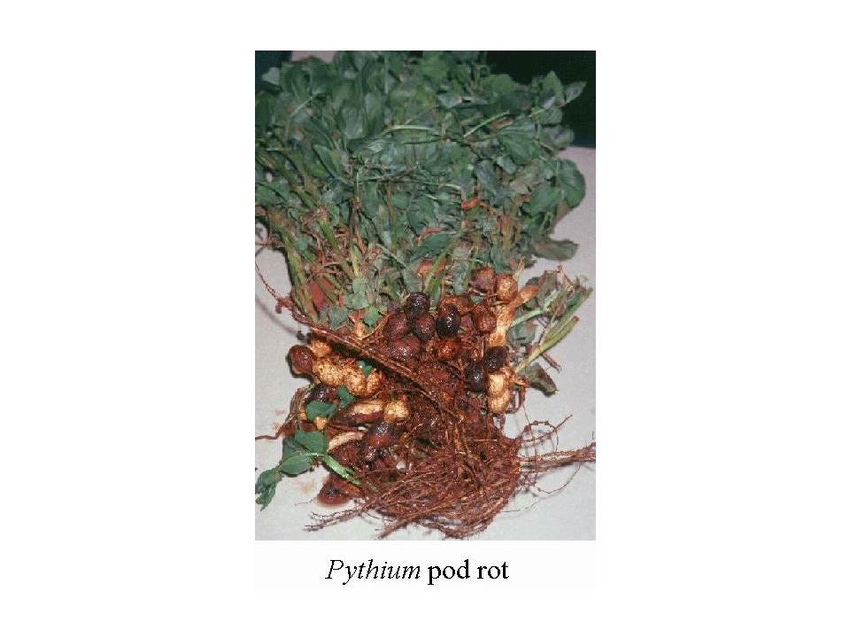
Applying a fungicide before symptoms of (Pythium) pod rot show up in peanut fields with a history of the disease proves a better option than waiting, says a Texas AgriLife research pathologist.
Terry wheeler, AgriLife Research and Extension Center, Lubbock, discussed pod rot control during the Texas/Oklahoma Peanut Seed Quality Meeting, an event held annually just before the Oklahoma Peanut Expo.
“In a field with a history of pod rot early fungicide applications (60 days after planting) were better than waiting for symptom development,” Wheeler said.
The big questions, she added, are when does the disease show up in the field and how soon are fungicide applications effective. “Is 60 days after planting too early to apply? Or should we delay until we see disease, say one week later?” she asked
For the latest on southwest agriculture, please check out Southwest Farm Press Daily and receive the latest news right to your inbox.
Studies show that even a one-week delay resulted in more disease development, even with almost no pod rot present. A two-week gap before treatment resulted in even more pod rot and “no chance of protecting the plants (i.e. as much disease as not treating at all). At 20 days later (i.e. 80 days after planting), pod rot was all over the place,” Wheeler said. “We typically don’t see the disease until after the first fungicide application. By the time we see it, we’ve lost the opportunity for effective treatment. Early application is the key.”
Pod rot is related to harvested kernel damage. “But in each field the relationship (in the study) was different. No threshold relationship could be calculated. This means that you don’t know how much pod rot during the season will result in a certain level of kernel damage. If kernel damage exceeds 2.49 percent, then the crop can be heavily docked in price. Prevention makes more sense in fields with a history of pod rot, since you need to treat before seeing a problem.”
Fungicide placement
Wheeler said Pythium is more difficult to manage than Rhizoctonia and shows up earlier in the season. “Pythium shows up initially and may really blanket the pods with rot. We found Rhizoctonia to be more of a problem in late August and September.”
Fungicide disbursement is also an issue, Wheeler said. The two primary fungicides used for pod rot control—Abound FL and Ridomil Gold SL—may not put as much chemical onto the soil surface as producers would want for good pod rot control. Abound FL, according to its label, can be applied effectively with a ground rig, which suggests that it would not be tied up on the foliage. “Ridomil has been known for many years to be tied up quickly on the foliage, so we recommend chemigation with Ridomil. We have been looking at the concentration of Abound FL that makes it to the soil (3 to 4 inches deep) and discovered that over 90 percent of the concentration was tied up on the foliage, with a number of different application parameters. That’s a little disheartening.”
The challenge is to get enough water to move the material onto the soil surface. “Chemigation may be one way to get the product in the soil.”
Wheeler said the combination of low carrier volume (14 gallons per acre) and low pressure (20 pounds per square inch) “resulted in an increase in soil concentration of azoxystrobin (Abound) after two irrigation events. “However, we still aren’t getting enough to the soil with ground rig application.”
About the Author(s)
You May Also Like






